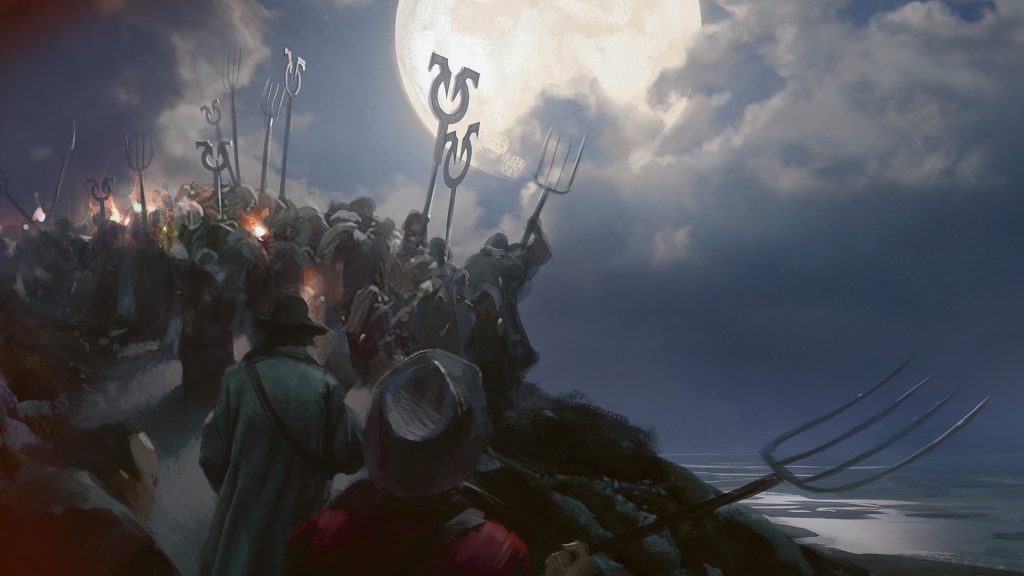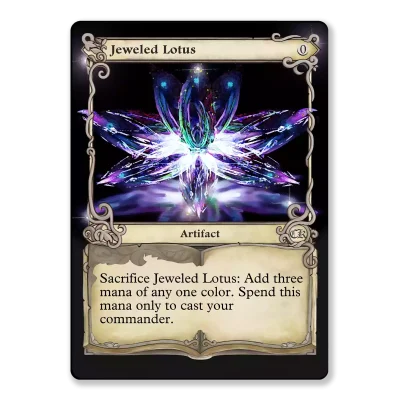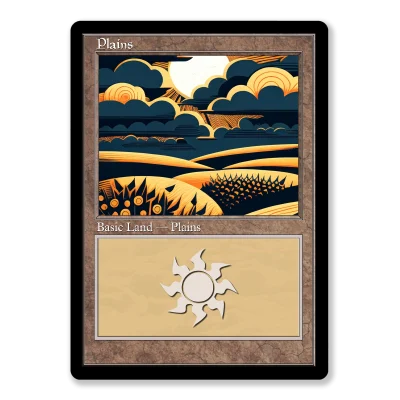Since its release in 1993, Richard Garfield’s Magic: The Gathering (MTG) card game has captured the attention of millions of players. Among the various formats that MTG enthusiasts can enjoy, Pauper stands out for its unique blend of accessibility, strategic depth, and community-driven growth. This article explores the history, overview, rules, and popularity of the Pauper format in MTG.
History of Pauper
Pauper’s origins are rooted in the desire to create a more affordable and approachable format for MTG players. The format officially debuted in 2008 on Magic Online (MTGO), a digital platform for playing MTG. However, the concept of Pauper predates its official recognition, with players in local communities crafting their own versions of a “commons-only” format to enjoy the game without the financial burden associated with more competitive decks.
The initial push for Pauper’s recognition came from the MTGO community, where players advocated for a format that only allowed cards printed at the common rarity. Wizards of the Coast acknowledged this demand and created a sanctioned format, complete with its own banned list and periodic updates to maintain balance.
Overview of Pauper
Pauper is defined by its simplicity and accessibility. The core rule of Pauper is that decks can only contain cards that have been printed at the common rarity in any official MTG set. This restriction significantly reduces the cost of building competitive decks, making the format appealing to both new and veteran players.
Key Characteristics of Pauper:
- Affordability: The use of common cards makes Pauper one of the most budget-friendly formats in MTG.
- Diverse Metagame: Despite the rarity restriction, Pauper boasts a wide array of viable strategies and archetypes.
- Strategic Depth: The format emphasizes skill and deck-building prowess, with powerful synergies and intricate gameplay.
Rules of Pauper
The rules of Pauper are straightforward, aligning closely with the standard rules of MTG, with a few specific stipulations:
- Deck Construction:
- A Pauper deck must contain a minimum of 60 cards.
- Players may have a sideboard of up to 15 cards.
- All cards in the main deck and sideboard must have been printed at the common rarity in an official MTG set.
- Banned List:
- To maintain balance, certain cards are banned in Pauper. The banned list is periodically updated by Wizards of the Coast based on the format’s health and player feedback.
- Gameplay:
- Matches are typically best-of-three, with players using their sideboards between games to adjust their strategy.
- Standard MTG rules apply, with players aiming to reduce their opponent’s life total from 20 to 0, or achieving an alternative win condition.
Popularity of Pauper
Pauper’s popularity has grown steadily since its official recognition, fueled by several factors:
Affordability and Accessibility
One of Pauper’s most significant draws is its affordability. MTG can be an expensive hobby, especially in formats where competitive decks can cost hundreds or even thousands of dollars. Pauper offers a refreshing alternative, allowing players to build competitive decks for a fraction of the cost. This affordability lowers the barrier to entry, making it easier for new players to get involved and enjoy the game.
Community and Support
The Pauper community is known for its inclusiveness and supportiveness. Online forums, social media groups, and local game stores host Pauper events and discussions, fostering a sense of camaraderie among players. Additionally, content creators and streamers have dedicated significant attention to Pauper, further boosting its visibility and popularity.
Competitive Play
Pauper has a thriving competitive scene, with tournaments held both online and in physical venues. Magic Online frequently hosts Pauper leagues and events, providing players with ample opportunities to test their skills and compete for prizes. The format’s strategic depth ensures that even seasoned players find it challenging and rewarding.
Diverse Metagame
Despite its restrictions, Pauper features a diverse and evolving metagame. Popular archetypes include aggro, control, midrange, and combo decks, each with its own unique strategies and strengths. This diversity keeps the format fresh and engaging, as players constantly adapt to new developments and refine their decks.
Notable Deck Archetypes in Pauper
To understand Pauper’s strategic depth, it’s essential to explore some of the notable deck archetypes that have emerged over the years:
- Delver: A tempo-based deck that leverages the efficiency of cards like Delver of Secrets, counterspells, and cheap draw spells to control the game and apply pressure.
- Stompy: An aggressive green deck focused on efficient creatures and combat tricks, aiming to overwhelm opponents quickly.
- Tron: A control deck that utilizes the Urza lands (Urza’s Tower, Urza’s Mine, Urza’s Power Plant) to generate massive amounts of mana, enabling powerful late-game plays.
- Affinity: A deck that exploits artifact synergies and the Affinity mechanic to deploy a large number of threats rapidly.
- Bogles: A hexproof-based deck that uses cheap, untargetable creatures and powerful auras to create nearly unbeatable threats.
The Future of Pauper
Pauper’s future looks bright, with continued support from both the player community and Wizards of the Coast. Regular updates to the banned list and the introduction of new common cards in each MTG set keep the format dynamic and balanced. Additionally, the growing number of Pauper events and the increasing visibility of the format in the MTG community suggest that Pauper will continue to thrive.





